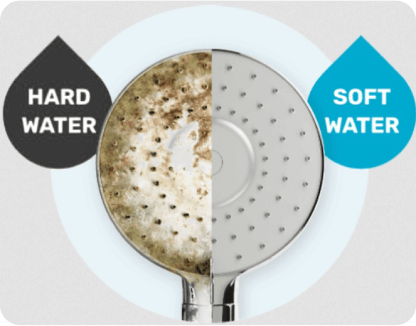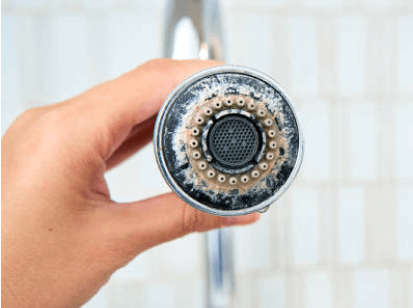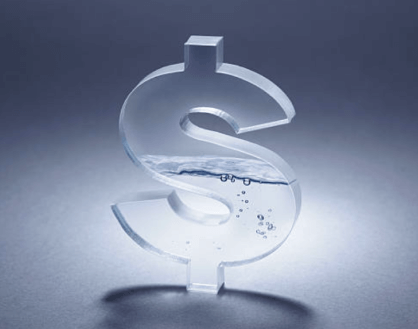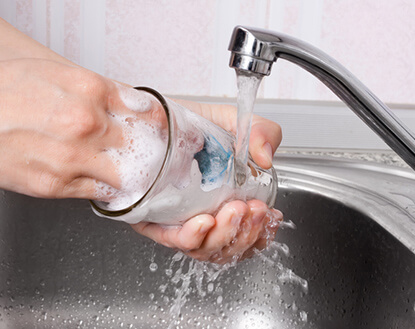Problems Caused by Hard Water
Some hard water signs are visible, but others are harder to spot — unless you know what to look for. From protecting personal health to a home’s water-using appliances, the path to effective water treatment starts with identifying the problems.
Soap doesn’t lather as well:
- Skin feels dry and itchy
- More frequent acne
- Hair is dull and lifeless
- Towels are scratchy and hard
- Clothing wears out faster
- Fabric colors are less vibrant
Hard water minerals cause stain buildup:
- Dishes and glassware are spotty
- Faucets and fixtures are covered in a white crust
Scale buildup causes issues:
- Pipes clog faster
- Water-using appliances break down more frequently
- Low water pressure

What’s Causing My Hard Water Problems?
About 85 percent of homes in North America have hard water, and it’s a problem that commonly affects those on municipal or well water. Hard water minerals, such as calcium and magnesium, attach to groundwater which flows through soil, limestone and other rocks. Whether it comes from a municipal treatment plant or a private well, hard water must be treated — otherwise the problems it causes will be left unchecked.

The Difference Soft Water Makes
The benefits of soft water are undeniable and long-lasting. Adding a water softener to the home will provide the following:

Long-Term Savings
More effective soaps and fabric softeners means you’ll need less products for your skin, hair and laundry. Your plumbing and water-using appliances won’t be marred with scale buildup and will last longer.

Improved Well-Being
You’ll look and feel better, with softer skin and hair that’s healthier with more volume.

Faster, Easier Cleaning
Say goodbye to spots on glassware and dishes and there won’t be any scummy film on surfaces to deal with.
Frequently Asked Questions
While salt (sodium chloride) is used in the regeneration process, your water will not taste salty and it will contain a negligible amount of sodium, meaning it will have no impact on the health of most consumers. If you have severe dietary restrictions and are concerned about sodium intake, a reverse osmosis filtration system can also be installed as part of your treatment system. Reverse osmosis will reduce the amount of sodium in your water at the tap.
Measurements are done using grains per gallon (gpg). 0-3 gpg is soft water, 3.5 to 7 gpg is considered moderate, greater than 7 is hard water that should be treated. Once water exceeds 11 gpg, it’s considered very hard and 15-plus is extremely hard.
If your water softener tank is less than half full of salt, it’s ready for more to be added. You may also need to add salt if what’s inside the tank appears overly wet or dry.
This varies, primarily based on how hard your water is. In most cases, you can expect a North Star water softener to operate at peak efficiency for 10-12 years if properly maintained.
Yes, this is common. But if you think you have more than five inches of water in the bottom, you should have a professional check your system.